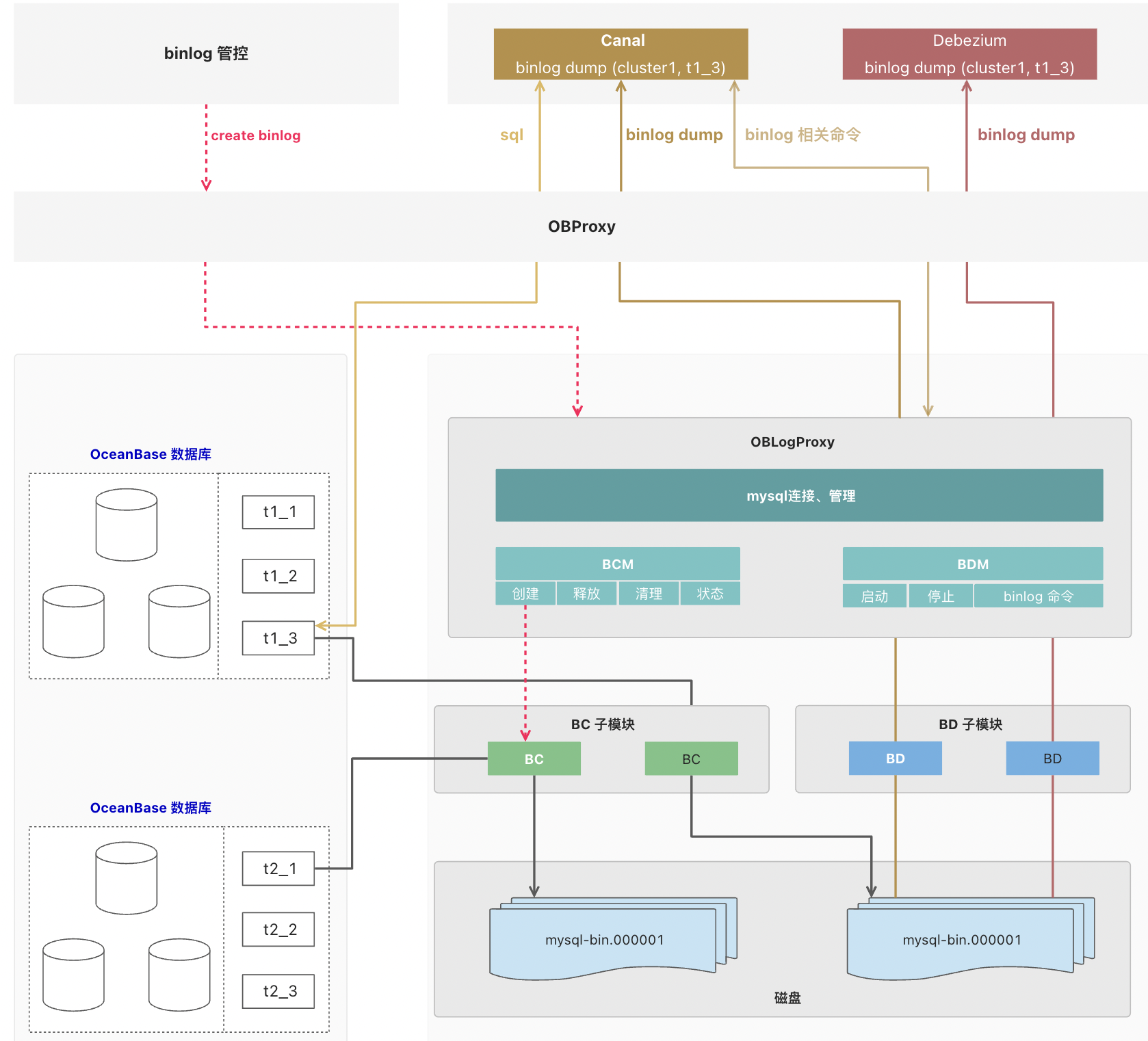auto的两面性
合理使用auto 不仅可以减少代码量, 也会大大提高代码的可读性.
但是事情总有它的两面性
如果滥用auto, 则会让代码失去可读性
推荐写法
这里推荐两种情况下使用auto
-
一眼就能看出声明变量的初始化类型的时候
比如迭代器的循环, 用例如下
#include <iostream>
#include <map>
using namespace std;void test1()
{map<string, int> stoi;stoi["123"] = 1;stoi["456"] = 2;stoi["789"] = 3;// map<sting, int>::const_iterator 的类型, 直接写为auto// 大大减少了代码量for (auto i = stoi.begin(); i != stoi.end(); i++){cout << i->first << ";" << i->second << endl;}// pair<string, int>& it : stoifor (auto& i : stoi){cout << i.first << ':' << i.second << endl;}
}int main()
{test1();return 0;
}
执行结果

- 对于复杂的类型
比如lambda表达式等, 用例如下
void test2()
{// 用函数指针接收, 写法非常麻烦int(*p)(int, int) = [](int a1, int a2) {return a1 + a2; };cout << p(1, 2) << endl;;// 使用auto大大减少了代码量auto p2 = [](int a1, int a2) {return a1 + a2; };cout << p(1, 2) << endl;cout << typeid(p).name() << endl;cout << typeid(p2).name() << endl;
}
int main()
{test2();return 0;
}
执行结果



















![[000-01-015].第03节:SpringBoot中数据源的自动配置](https://i-blog.csdnimg.cn/blog_migrate/41aae24304ce476777ab7616810f11d8.png)
